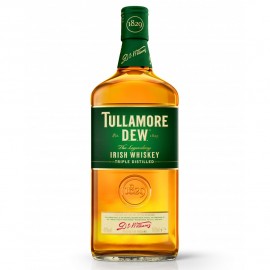A Basic Guide To Whiskey
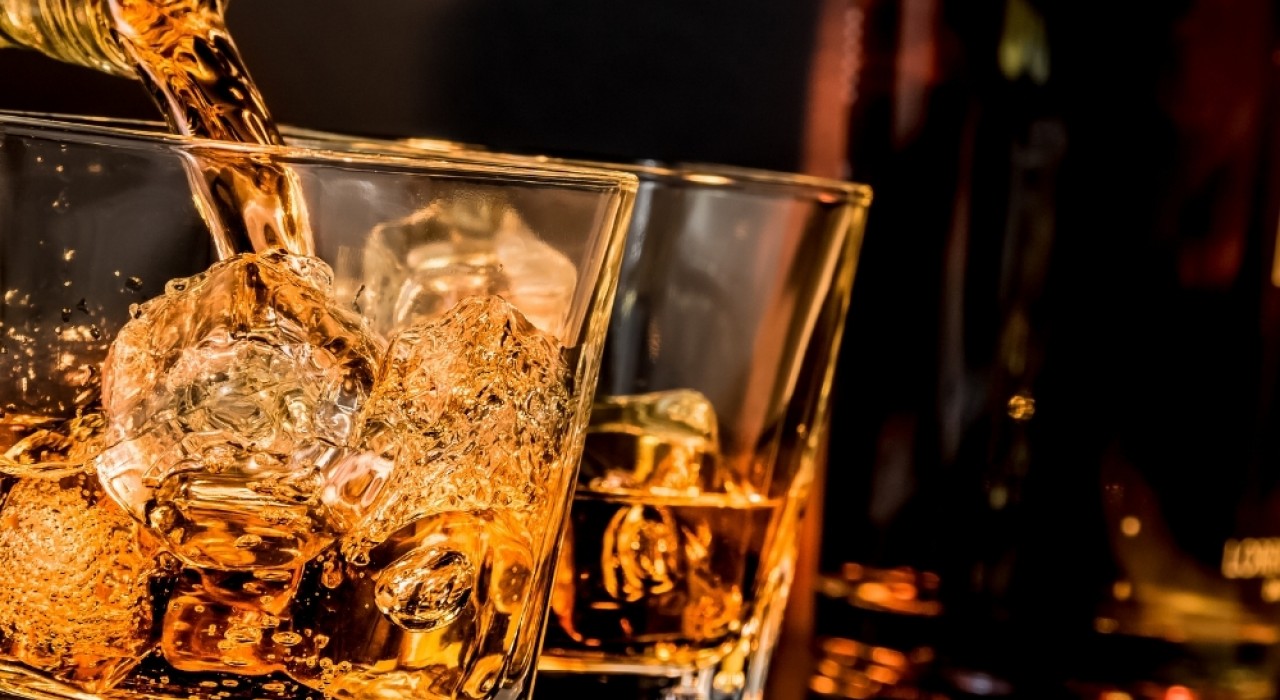
Whiskey might conjure up images of smokiness, a strong burning texture, and powerful, almost aggressive flavours. But whisk(e)y is far more than just that! Whiskey can be sipped neat, in a Manhattan, a whiskey sour, in a long drink—there are plenty of ways to enjoy it. And fortunately today we are seeing a revival of whiskeys, especially in Ireland with a new wave of producers who are taking these old ways and merging them with new and rising technologies to create truly special drinks. Today, whiskey is far from those old notions and something which can be enjoyed by everyone.
What is Whisk(e)y?
The first question
(and often confusion) comes from the spelling. Is it whiskey or whisky? Fortunately,
the answer is pretty straightforward. It depends on the region. In the late
1800s Scotch whisky was of very poor quality and Irish producers wanted to
differentiate their product. So, the Irish labelled it 'whiskey'. The Americans
soon followed suit with their 'whiskey' spelling while in Japan 'whisky' became
the preferred spelling from two men's study of Scotch whisky that inspired the
whisky movement there.
Let’s take a look at some of the more common whiskey types and see how they differ.
.jpg)
Types of Whisk(e)y
We’ve broken down
different types of whisk(e)y and their defining features below to make things
as simple as possible. While these are the main categories, there are many
subcategories which all have their own defining traits and characteristics. Most
of the whiskey listed below can be peaty or fruity or smoky, something which is
determined by where the whiskey originates from, what type of whiskey it is,
and also the ageing process.
.jpg)
Single Malt
The term “single
malt” comes from the ingredients, as the main ingredient used is malted barley
from a single distillery in copper pot stills. As part of the process, the
whiskey must be aged for at least three years in oak casks. Single malt, in
general, has flavours like oaky, woody, roasted grain alcohol. It may have
caramel, vanilla, fruit, or nut notes as well.
Single malts we
recommend: Knappogue Castle 12-Year-Old, Dunvilles 12-Year-Old PX, Tyrconnell 16 Year Old
Single Pot Still
The style dates back to the 1800s when distillers were so
dismayed at the escalating taxes on their malted barley that they started using
a bit of unmalted to save money. The rest, as they say, is history.
By the end of the 19th century, there was more pure pot
still whiskey leaving Ireland’s shores destined for foreign markets than any
other whiskey style from any other country. By the 1980s, however, it was a
style that had almost died out, surviving only in the form of the wonderful
Green Spot, Redbreast, and a few special releases.
Singe Pot Still is a spirit distilled from a mash of both
malted and unmalted barley in copper pot stills, giving it a wonderfully creamy
mouthfeel and spicy, orchard fruit flavour.
Single Pot Still whiskeys we recommend: Redbreast
12 Year Old, The
Shed Drumshanbo Pot Still, Powers
John's Lane
Single
Grain
Single Grain
Whiskey is mainly used in blends in Ireland and forms the backbone of most well-known
brands. However, Single Grain whiskey can be delicious when aged in quality
casks and given time to mature. They tend to be light-bodied and milder than
other whiskeys, without the smokiness or intense flavours of other styles,
making them a great introduction point for novices.
Single Grain
whiskeys we recommend: Teeling Single Grain, Glendalough Double Barrel, Kilbeggan Single Grain
Blended
Blended whiskey is
exactly what the name suggests: a mixture of different types of whiskey,
whiskeys from more than one distillery, as well as colourings, flavours, and
even other grains. An example of this would include Writers Tears (a blend of
pot still and malt whiskey, but from one source) and also Scottish Leader (a
blend of malt and grain whiskey but from over 20 different distilleries).
These types of
whiskeys are ideal for cocktails, as the process allows for the flavour to come
through but keeps the spirit at a lower price point.
Blended whiskey we
recommend: Tullamore DEW, Teeling Small Batch, Writers Tears
Key Characteristics By Country
Now that we have a basic understanding of what types of
whiskey there are, let’s take a look at what key characteristics we might
expect from country to country. While there are other countries such as
Taiwan’s Kavalan Distillery and exceptional whiskeys from India, Sweden, and Holland,
we will be focusing on the larger producers for now.
Ireland
When purchasing an
Irish whiskey, the usual characteristics are that it is triple distilled,
smooth, and delicate, but of course, there are exceptions to the rule. They are
made from yeast-fermented grain mash or a mash of malted cereals and take
about three years to age in a wooden cask. Irish whiskey has a smoother finish
as compared to scotch and can carry more fruitier flavours and less of the smokiness
of other whiskeys.
Irish whiskeys we
recommend: Celtic Cask 30, Whistler 7-Year Old Blue Note, Green Spot Leoville Barton
Scotland
As the name
suggests, Scotch is made in Scotland! Scotch whisky is generally made from
malted barley or grain with the spirit aged in oak casks for more than three
years. Scotch is also usually double-distilled. Scotch can have an earthy and
smoky flavour, but contrary to popular opinion the majority of Scottish whiskies
are actually unpeated. This can vary, especially as Scotland has over 100
different distilleries across five different regions!
As a quick
overview, whiskies from Islay, like Lagavulin and Laphroaig, often tend to have
a strong smoky peat flavour unless they are described as un-peated, while those
coming from Speyside tend to be lighter and sweeter. Lowland Scotch also tend
to be relatively sweet and lighter. Be sure to check the bottle for the region
it originates from!
Scotches we
recommend: Glengoyne 12 Year Old, Kilchoman Sanaig
America
The most popular
whiskeys from the USA are bourbon and sour mash. Bourbon can be produced
anywhere in the United States, but most bourbons are produced in Kentucky. Bourbons
tend to have a sweet, smooth flavour, but can also be a bit smoky. The county
also produces Rye whiskey, which is known to have a spicier flavour than
others. Lastly, sour mash whiskey tends to have a sweeter, deeper flavour than
other American whiskeys.
American whiskeys
we recommend: Michters Sour Mash, Eagle Rare 10, Hudson Rye
Canada
Most Canadian whiskies are blended multi-grain whiskies
containing a large percentage of corn spirits. As a rule of thumb, they are
typically lighter and smoother than other whisky styles and are considered a solid
choice for whisky novices.
Canadian whiskeys we recommend: Canadian Club, Crown
Royal
Japan
In recent years, Japan has become an up-and-coming force
that is producing exceptional, award-winning whiskies. Japanese whisky can be a
little harder to pin down, but generally, they tend to have similar
characteristics to scotch. This is because Suntory’s first master distiller
Masataka Taketsuru studied in Scotland and came to love the taste of Scottish
whisky.
Japanese whiskeys we recommend: Nikka
Coffey Single Grain, Suntory
Hakushu Distillers Reserve, The
Matsui Mizunara Single Cask Single Malt
How to Drink Whiskey
The idea of whiskey tasting might seem intimidating if you’re unfamiliar with whiskey. Whilst some whiskies do work great in cocktails and long drinks, whiskey is principally an individual spirit that has enjoyed many years of love, care, and attention in order to develop a varied range of textures, aromas and flavours. But don’t worry, the process of tasting whiskey is not half as scary as it seems!
Once you have selected
a whiskey you wish to try, there is no need to rush into drinking it straight
away. In doing so, the high alcohol and great intensity of flavours may be too overpowering,
and it will taste “too strong”. The first step is to make sure that you are tasting
from a properly designed whiskey-tasting glass – one developed to hold and
focus the aromas in the malt. Take the time to take in the colour and texture
of the spirit in the glass. Stick your nose right in and really try to pick out
as many aromas as you can. Take a small
sip, hold, and swirl the whiskey around your mouth before swallowing, and try
to identify what elements are present both before (palate) and after (finish)
you swallow.
.jpg)
Enjoy Responsibly
Do not rule out an entire style or region
based on one or two brands that you have tried. Also, don’t be afraid to admit
if you don’t like something. Try to identify specifically what it is about that
particular whiskey that you do not like. Is it the aromas? Is it too peaty? Is
it how the spirit feels in your mouth? These things all contribute to the
individual profile of a whisk(e)y, and there will be plenty of other styles out
there that don’t contain the components that are unsuitable for your palate. Scottish
Whiskey is a prime example of this: people often say that they don’t like any
Scottish whiskey, but what they mean is that they do not like heavily peated
whiskies. There are many examples of Scottish distilleries producing malts that
contain no peat at all such as Glengoyne and Auchentoshan to name but a few. Of course, Irish whiskey will always be our favourite, but we also love to mix things up
with Scotch, American, and Japanese styles!
At the end of the day, it’s only whiskey, a drink like any other to enjoy. Open a bottle with friends, take a sip, and let the spirit work its magic. After all, it’s the water of life!
Want great offers and tons of inspiration? Join our mailing list and we’ll keep you posted about our latest news and offers. Join here at: http://eepurl.com/hhIkv5 (you can unsubscribe at any time).

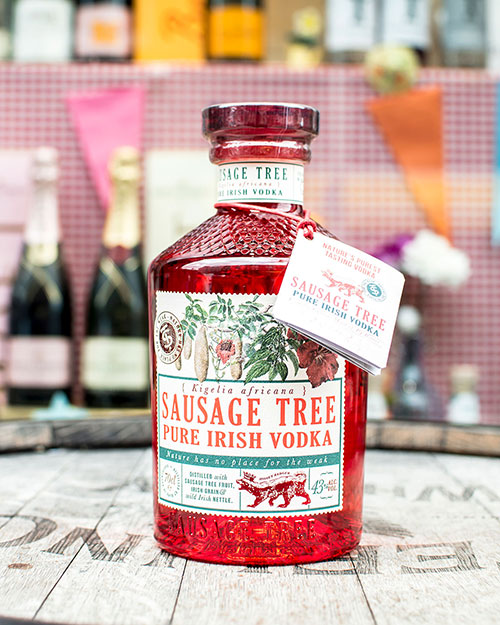
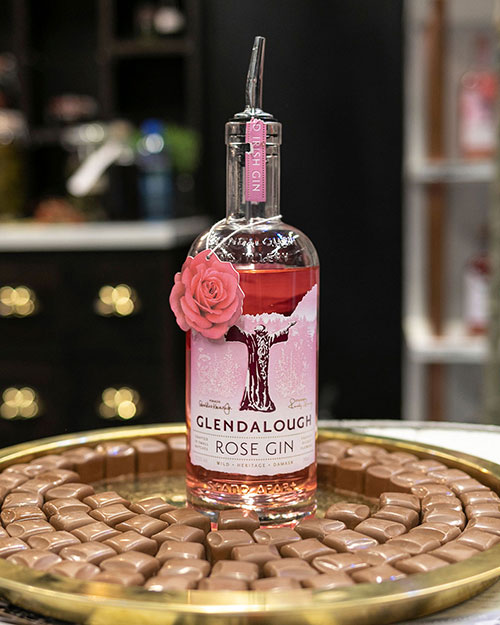
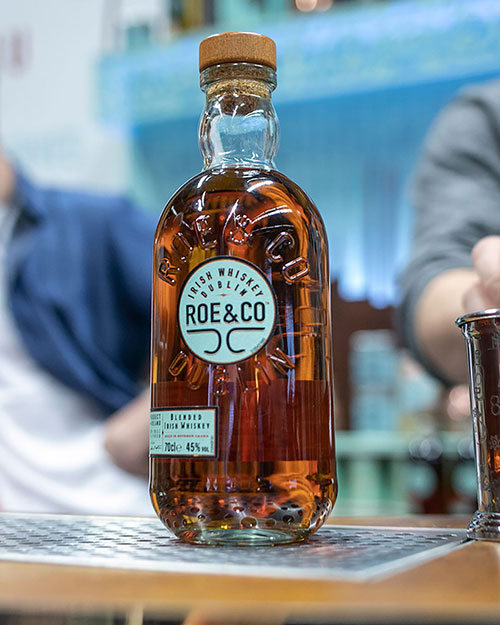
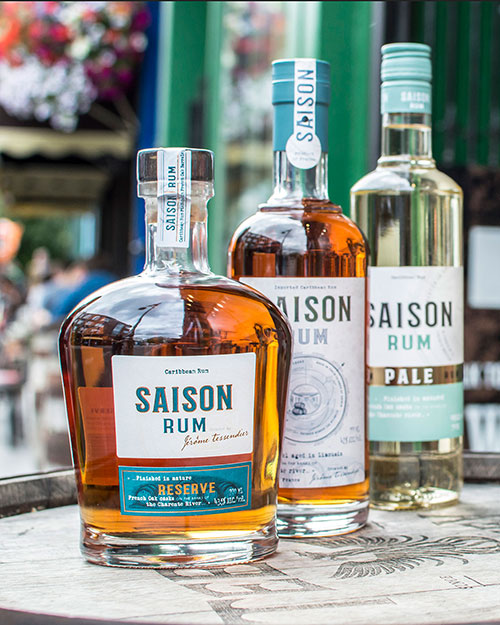
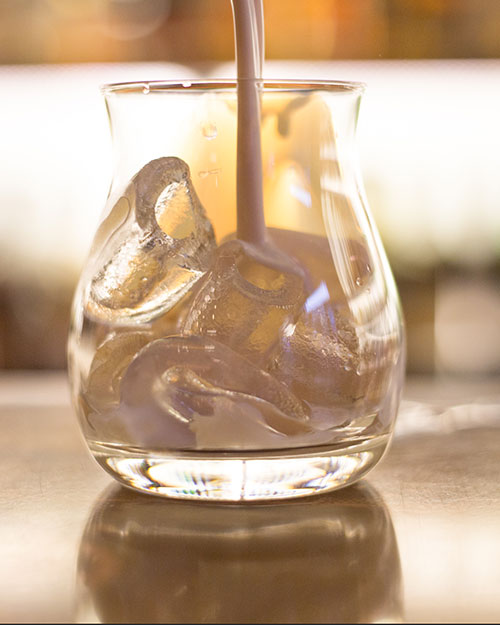
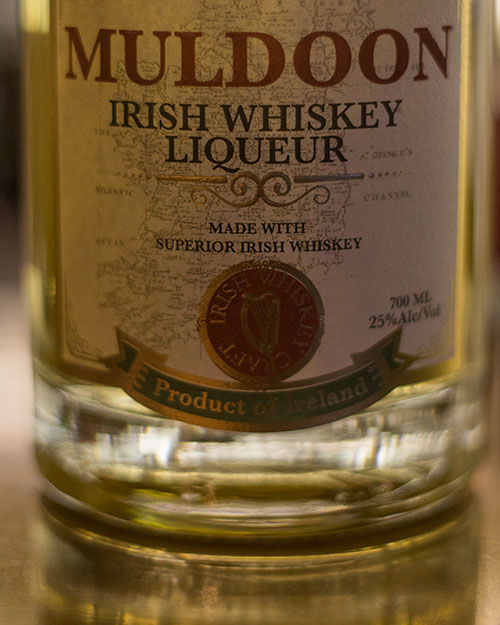
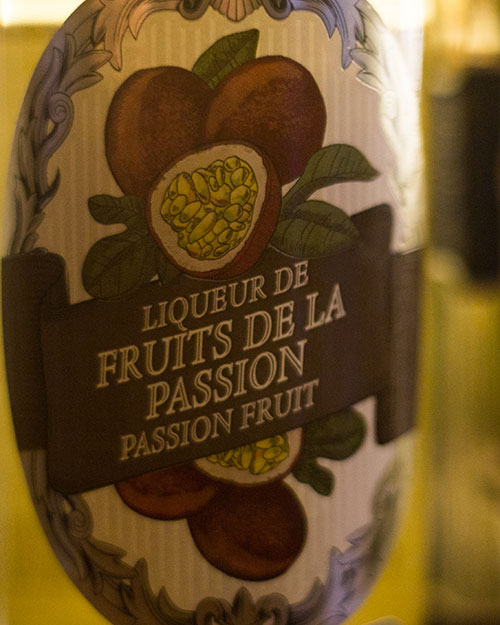
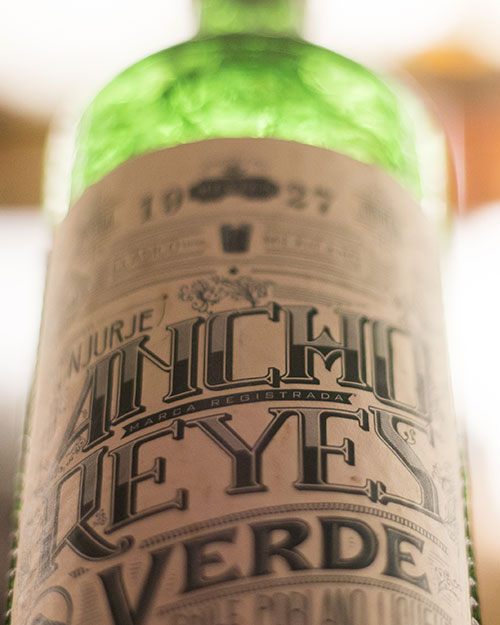
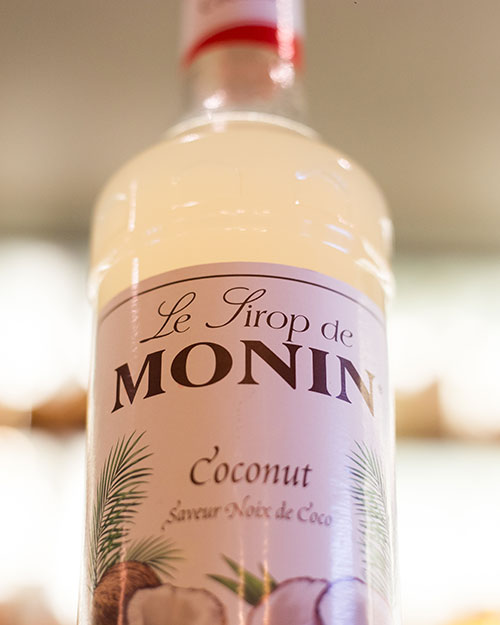
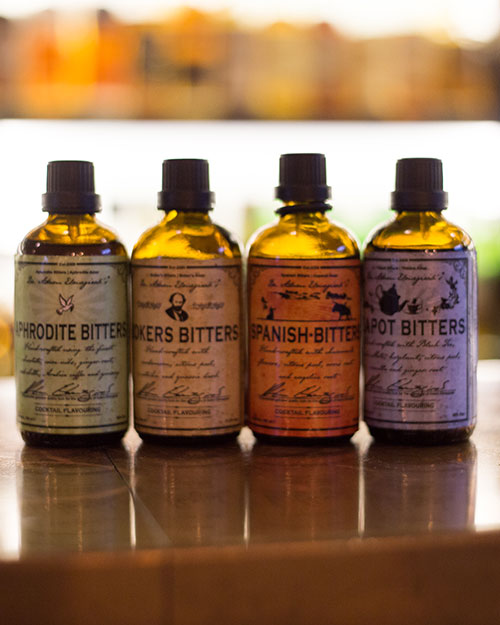
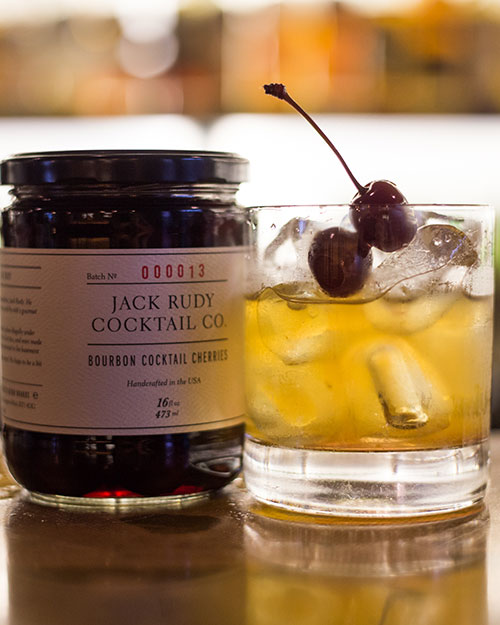
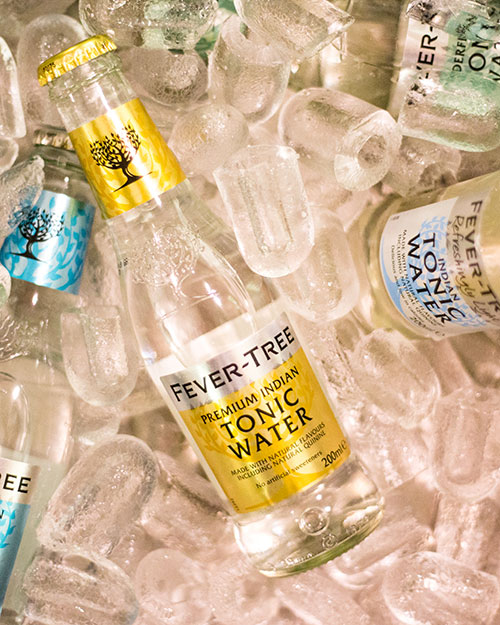
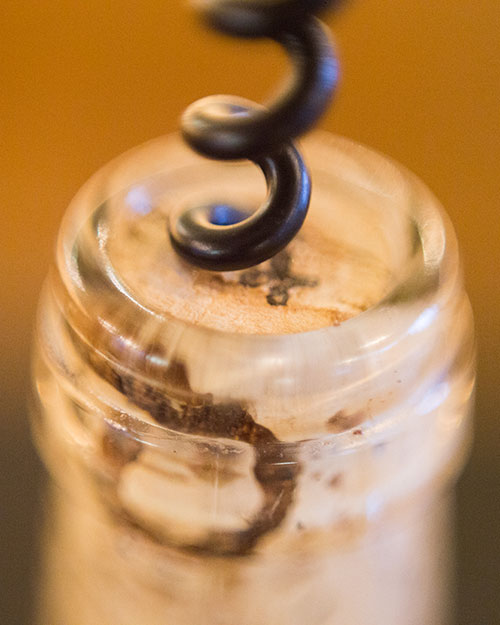
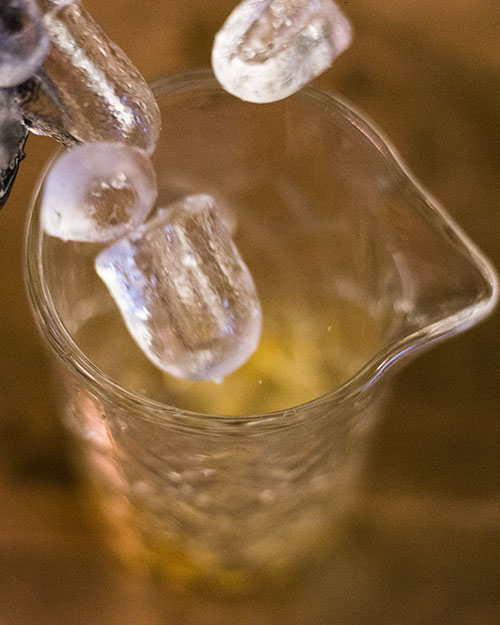
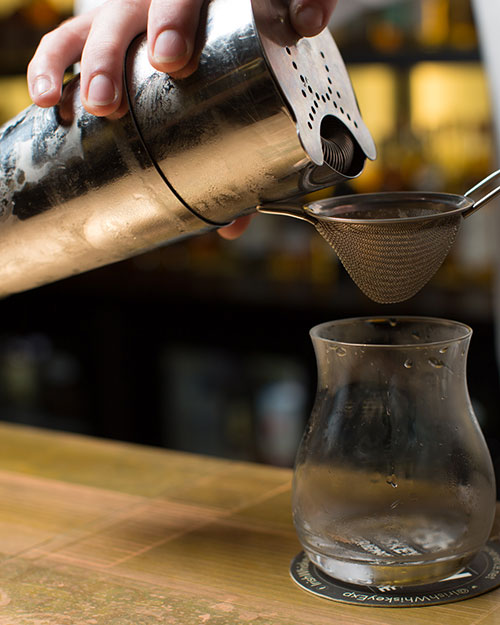
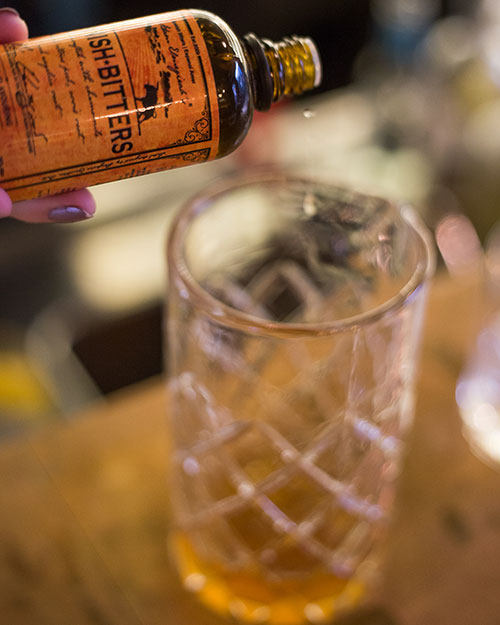
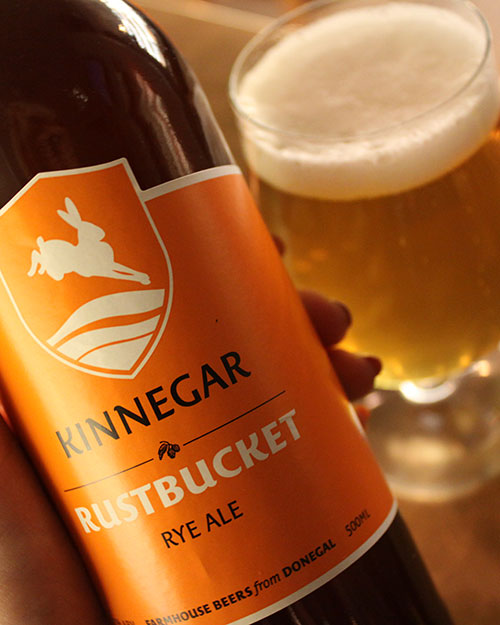
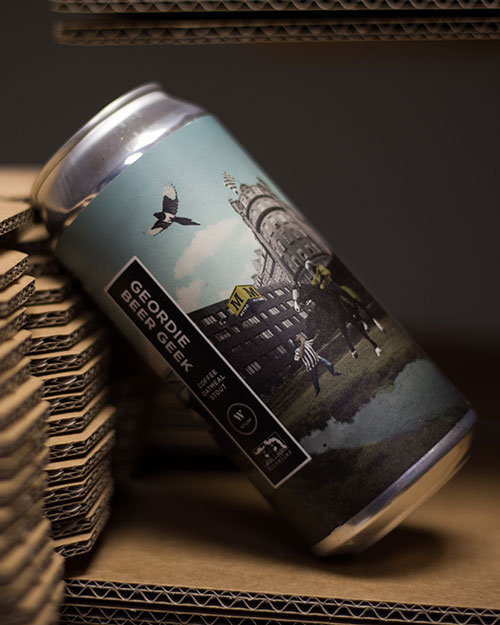
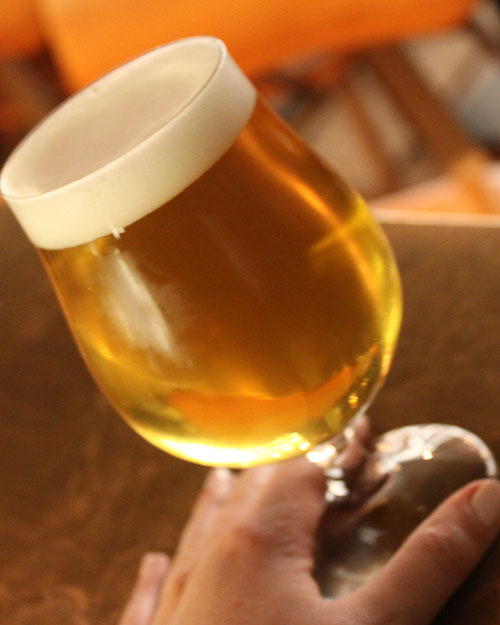
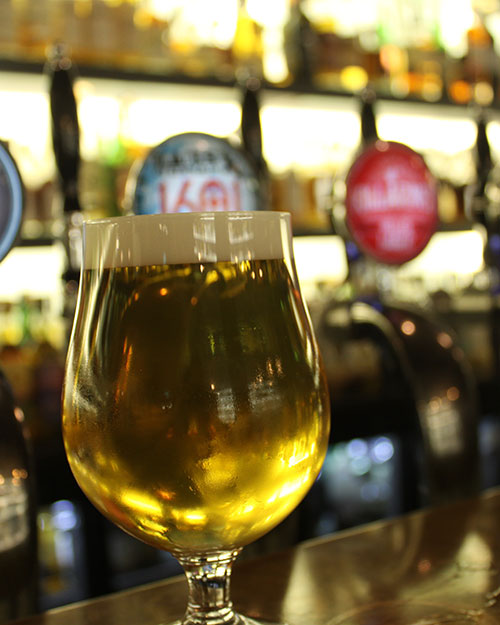
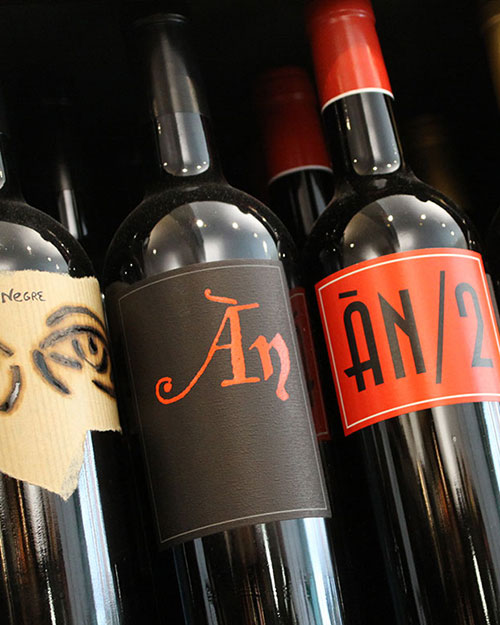
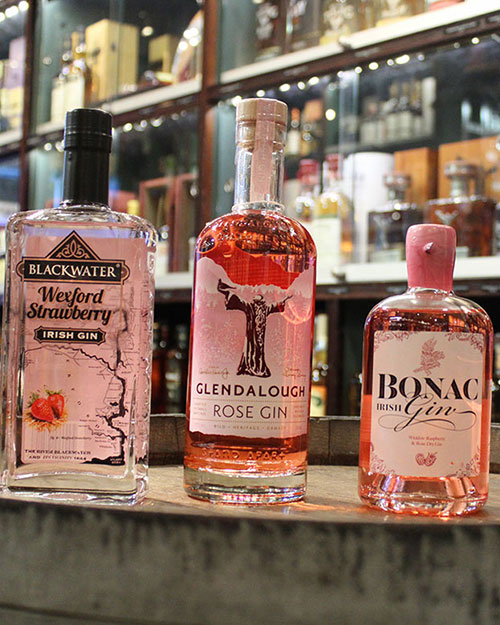
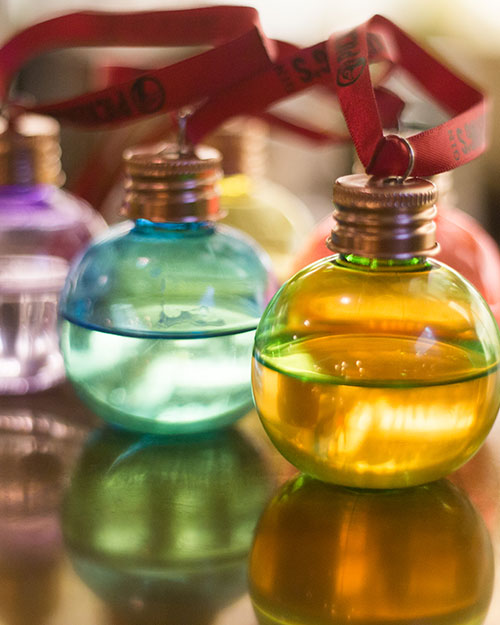
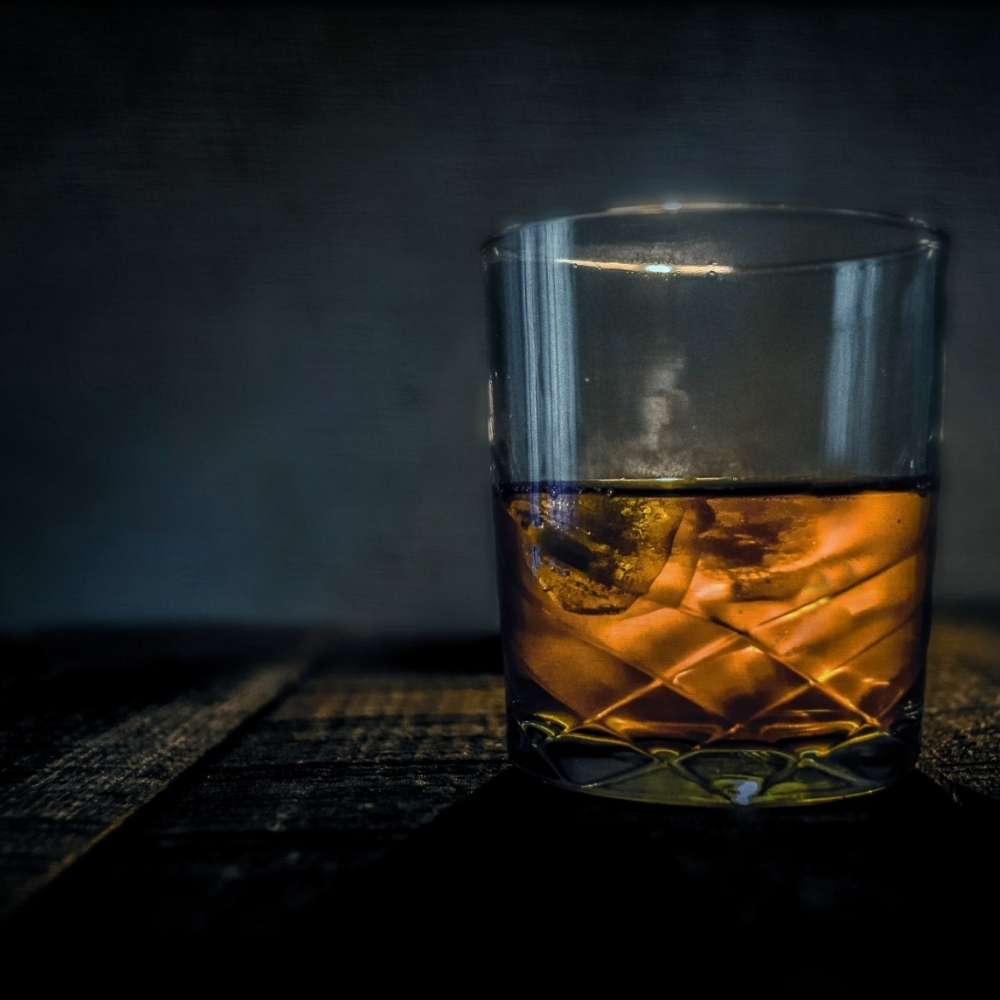
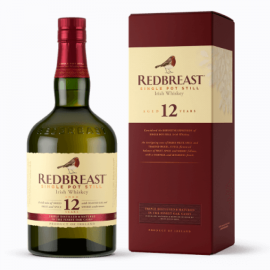
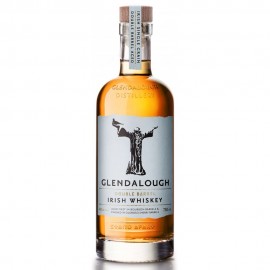
-270x270.jpg)
